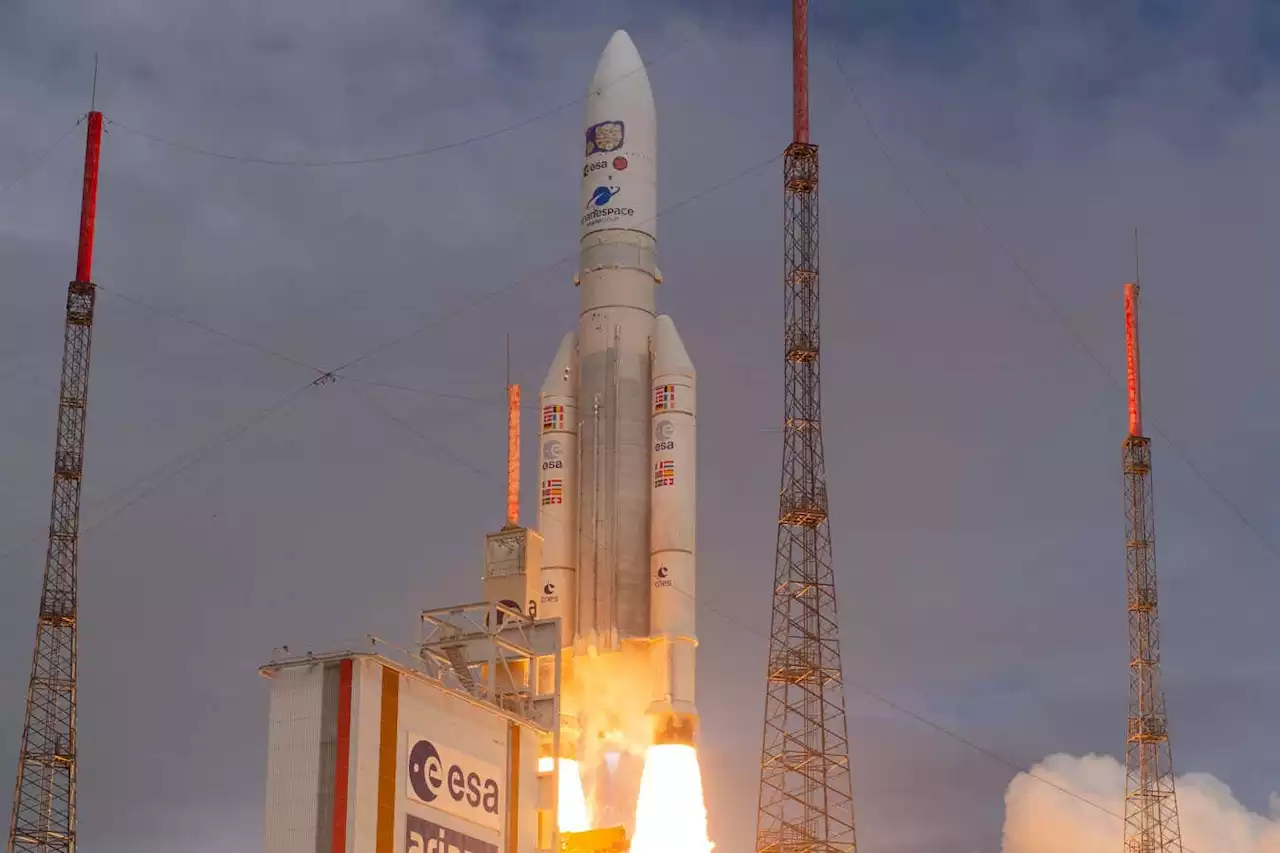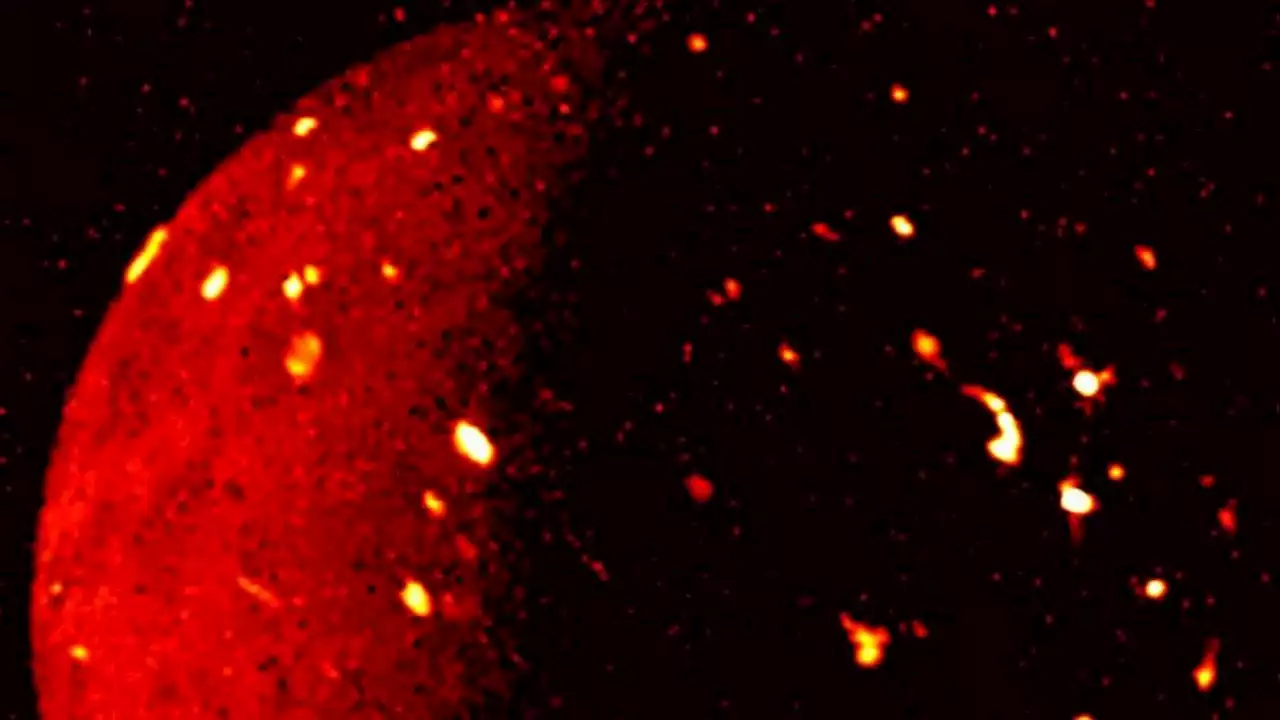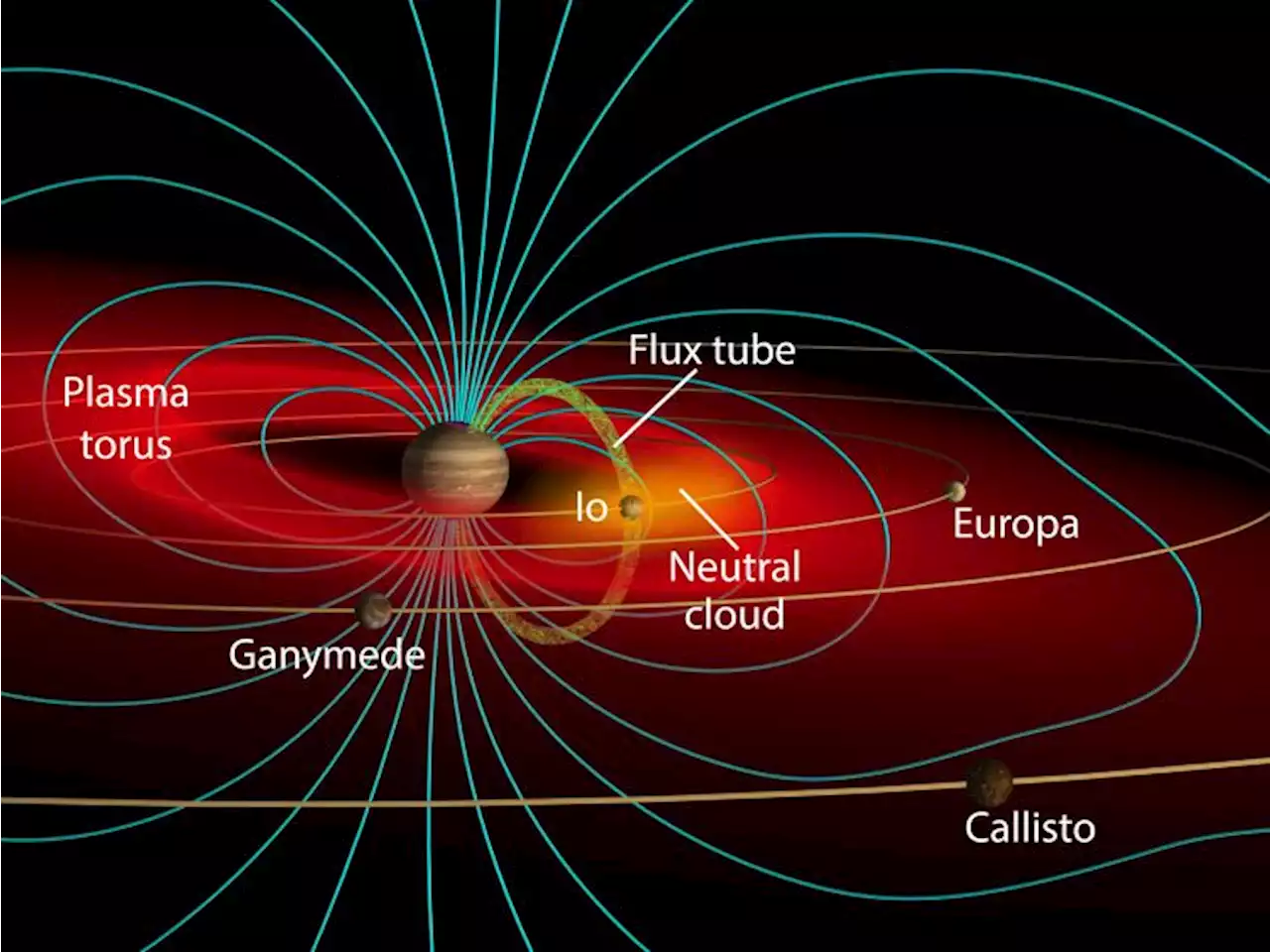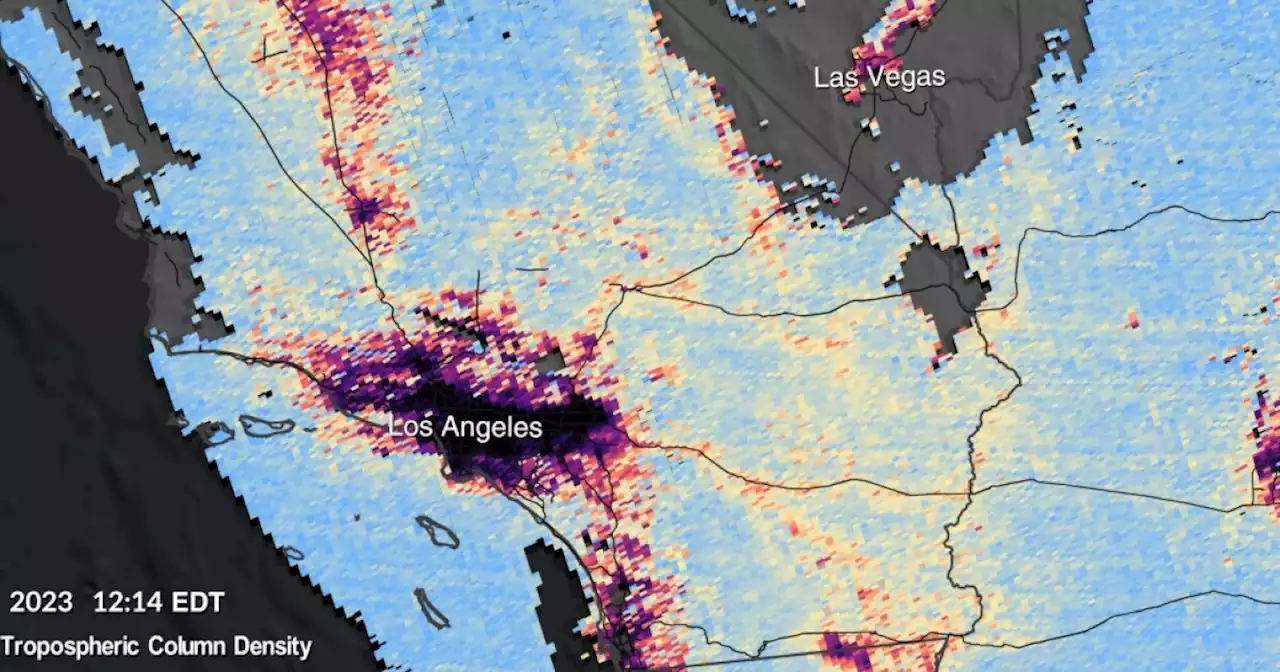TESS has notched another milestone.
, TOI-4600c is special for two reasons. Not only does it have the longest year, but at a frigid -110 degrees Fahrenheit , the newly found world is also one of the coldest among those spotted by TESS.
Astronomers are particularly excited about this discovery because"based on what we know about the exoplanets we found, so far, nothing really looks like the solar system," Ismael Mireles, a graduate student at the University of New Mexico and the lead author of the new study, said in aWith current observation methods, worlds with such long orbital periods have been notoriously hard to detect and harder still to confirm.
United States Latest News, United States Headlines
Similar News:You can also read news stories similar to this one that we have collected from other news sources.
 Dense Neptune-sized exoplanet discovered with TESSUsing NASA's Transiting Exoplanet Survey Satellite (TESS), an international team of astronomers has discovered a new massive and dense exoplanet. The newfound alien world, designated TOI-332 b, is one of the densest Neptune-sized planets known to date. The finding is reported in a paper published August 23 on the pre-print server arXiv.
Dense Neptune-sized exoplanet discovered with TESSUsing NASA's Transiting Exoplanet Survey Satellite (TESS), an international team of astronomers has discovered a new massive and dense exoplanet. The newfound alien world, designated TOI-332 b, is one of the densest Neptune-sized planets known to date. The finding is reported in a paper published August 23 on the pre-print server arXiv.
Read more »
 Scientists detect and validate the longest-period exoplanets found with TESSScientists from The University of New Mexico (UNM), and Massachusetts Institute of Technology (MIT) have detected and validated two of the longest-period exoplanets found by TESS to date. These long period large exoplanets orbit a K dwarf star and belong to a class of planets known as warm Jupiters, which have orbital periods of 10–200 days and are at least six times Earth's radius. This recent discovery offers exciting research opportunities for the future of finding long-period planets that resemble those in our own solar system.
Scientists detect and validate the longest-period exoplanets found with TESSScientists from The University of New Mexico (UNM), and Massachusetts Institute of Technology (MIT) have detected and validated two of the longest-period exoplanets found by TESS to date. These long period large exoplanets orbit a K dwarf star and belong to a class of planets known as warm Jupiters, which have orbital periods of 10–200 days and are at least six times Earth's radius. This recent discovery offers exciting research opportunities for the future of finding long-period planets that resemble those in our own solar system.
Read more »
 How the JUICE mission will look for habitability on Jupiter's moonsESA’s JUICE mission will help us better understand whether Jupiter’s icy moons are habitable. But we need to be open to their unexpected secrets, says principal investigator Michele Dougherty
How the JUICE mission will look for habitability on Jupiter's moonsESA’s JUICE mission will help us better understand whether Jupiter’s icy moons are habitable. But we need to be open to their unexpected secrets, says principal investigator Michele Dougherty
Read more »
 Hubble, Webb telescopes to study Jupiter's volcanic moonIo is the most volcanically active world in the solar system, with hundreds of volcanoes that erupt with massive fountains of lava.
Hubble, Webb telescopes to study Jupiter's volcanic moonIo is the most volcanically active world in the solar system, with hundreds of volcanoes that erupt with massive fountains of lava.
Read more »
 Exploring Io's Volcanic Activity via Hubble and Webb TelescopesThe two most powerful space telescopes ever built, NASA’s James Webb Space Telescope (JWST) and Hubble Space Telescope, are about to gather data about the most volcanically body in the entire solar system, Jupiter’s first Galilean Moon, Io. This data will be used in combination with upcoming flybys of Io by NASA’s Juno spacecraft, which … Continue reading 'Exploring Io’s Volcanic Activity via Hubble and Webb Telescopes'
Exploring Io's Volcanic Activity via Hubble and Webb TelescopesThe two most powerful space telescopes ever built, NASA’s James Webb Space Telescope (JWST) and Hubble Space Telescope, are about to gather data about the most volcanically body in the entire solar system, Jupiter’s first Galilean Moon, Io. This data will be used in combination with upcoming flybys of Io by NASA’s Juno spacecraft, which … Continue reading 'Exploring Io’s Volcanic Activity via Hubble and Webb Telescopes'
Read more »
 NASA's new TEMPO instrument shows how polluted cities areA new instrument launched by NASA can give detailed updates on air quality for much of North America, showing disparities in pollution.
NASA's new TEMPO instrument shows how polluted cities areA new instrument launched by NASA can give detailed updates on air quality for much of North America, showing disparities in pollution.
Read more »
